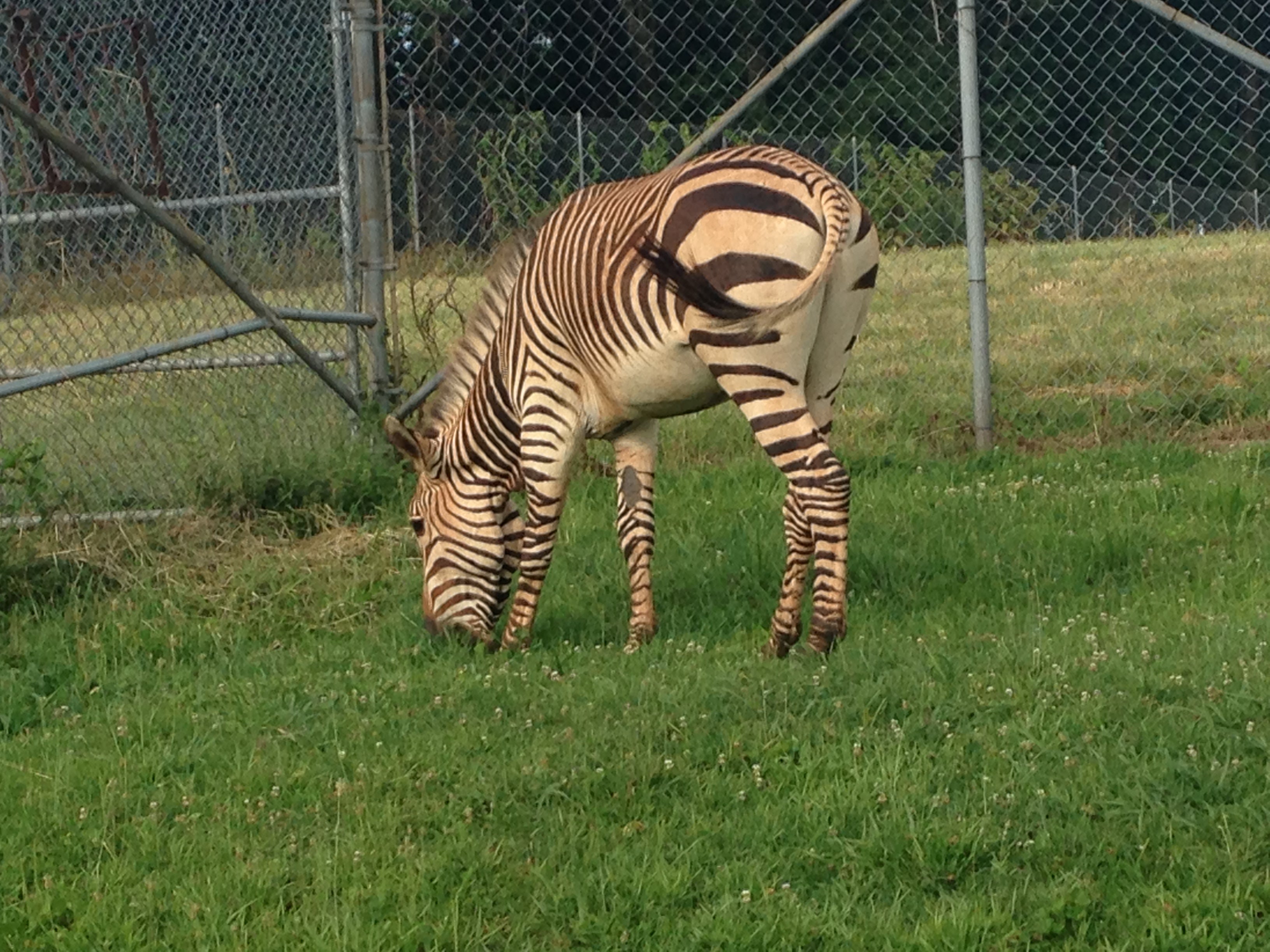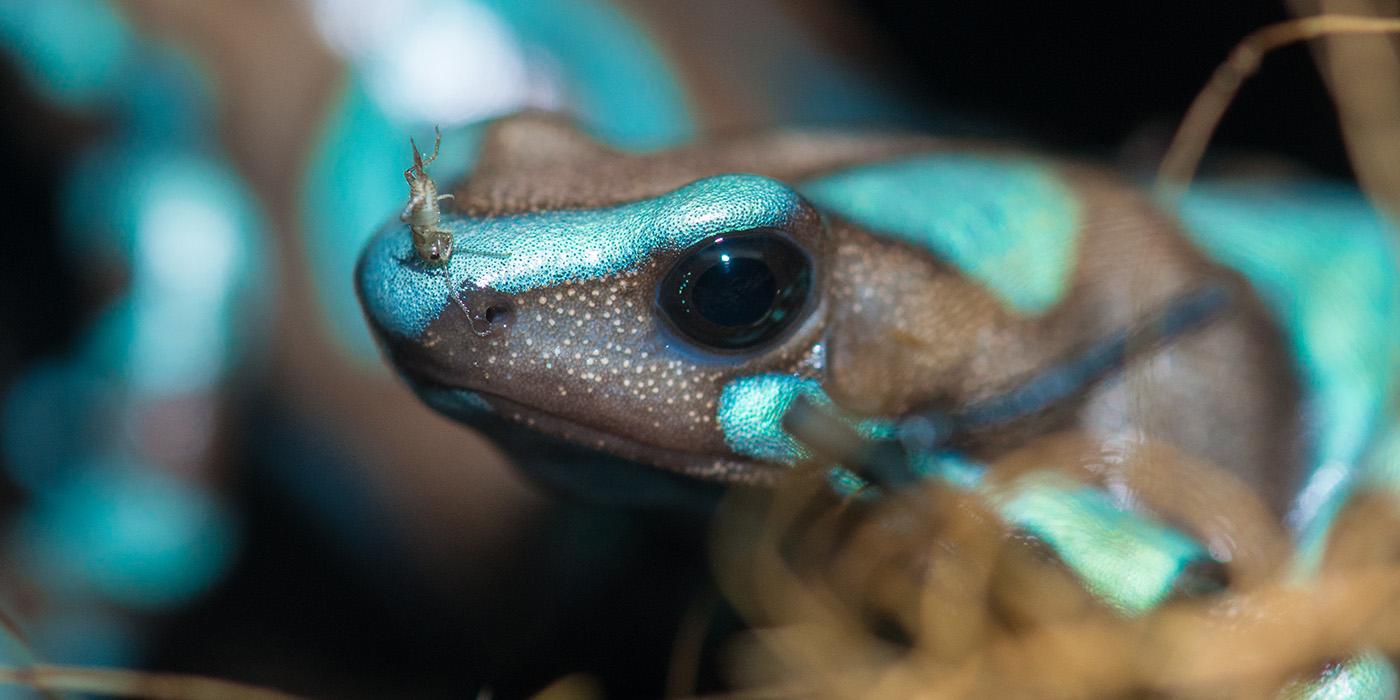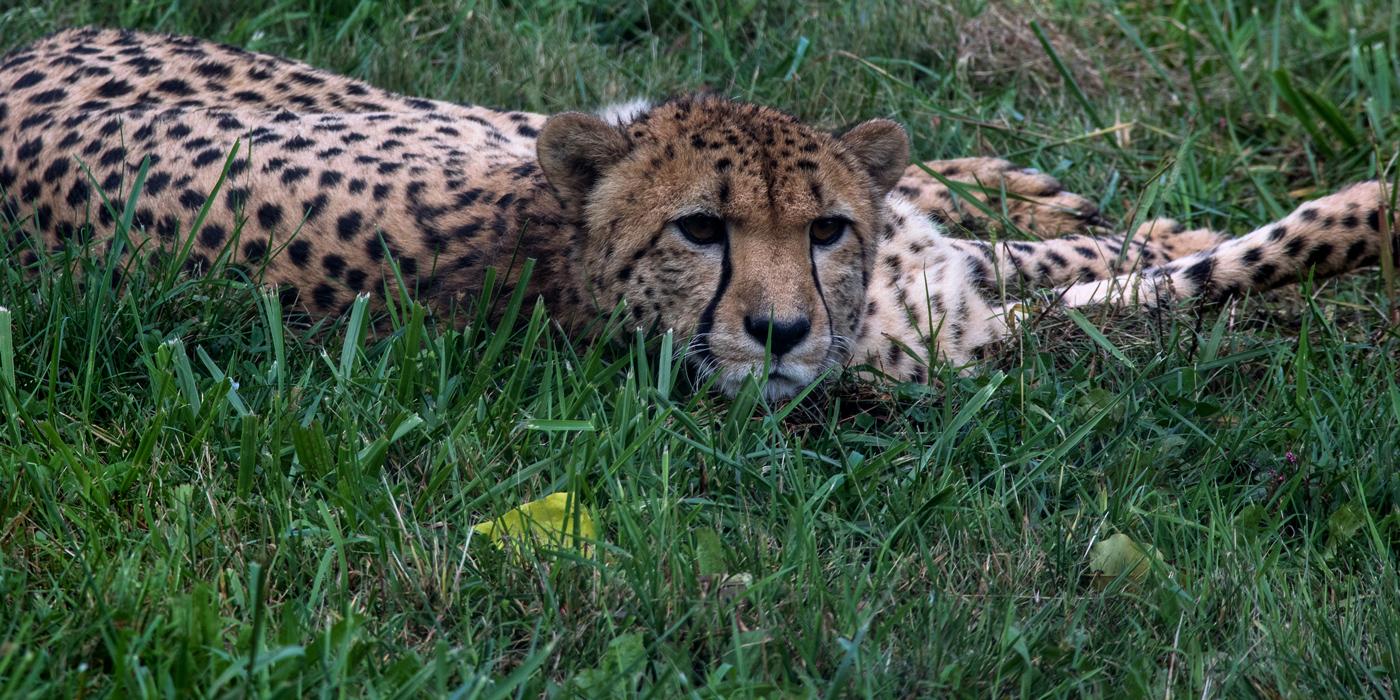Hartmann’s Mountain Zebra Dies at the Smithsonian Conservation Biology Institute
Hoofstock keepers at the Smithsonian Conservation Biology Institute (SCBI) are mourning the loss of Raylan, a 4-year-old male Hartmann’s mountain zebra who was humanely euthanized Jan. 30. The median life expectancy for a male of this species is about 12 years.
On Tuesday morning, animal care staff noticed that Raylan’s abdomen was distended, and he was showing symptoms of abdominal discomfort. SCBI veterinarians treated him with analgesics but his condition did not improve. They consulted with veterinary equine surgeon Courtney Bolam and veterinary equine anesthesiologist Stephanie Wilkinson of the Piedmont Equine Practice, who performed an emergency exploratory laparotomy. They discovered an entrapment of the small intestine and that a significant portion of the bowel had died due to loss of blood supply. Animal care staff made the decision to humanely euthanize Raylan due to poor prognosis and quality of life. A final pathology report will provide more information in the coming weeks.
Raylan arrived at SCBI in June 2016 following an Association of Zoos and Aquariums’ Species Survival Plan breeding recommendation. SCBI researchers are studying this species to develop assisted reproduction techniques vital to the zebras’ conservation. A female Hartmann’s mountain zebra, 5-year-old Xolani, continues to thrive at SCBI.
Hartmann’s mountain zebras are a subspecies of the mountain zebra, which is one of three zebra species. Considered vulnerable by the International Union for Conservation of Nature, Hartmann’s mountain zebras live in dry mountain habitats of Namibia. Unlike other zebra species, Hartmann’s mountain zebras live in small herds, have vertical stripes on their neck and torso and horizontal stripes on their backside, and have a small fold of skin under their chin (called a dewlap). With less than 9,000 individuals left in the wild, the Hartmann’s mountain zebra faces threats from hunting and habitat loss.
SCBI plays a leading role in the Smithsonian’s global efforts to save wildlife species from extinction and train future generations of conservationists. SCBI spearheads research programs at its headquarters in Front Royal, Va., the Smithsonian’s National Zoo in Washington, D.C., and at field research stations and training sites worldwide. SCBI scientists tackle some of today’s most complex conservation challenges by applying and sharing what they learn about animal behavior and reproduction, ecology, genetics, migration and conservation sustainability.
# # #
Photo caption: Male Hartmann’s mountain zebra Raylan.
Photo credit: Dolores Reed, Smithsonian Conservation Biology Institute


